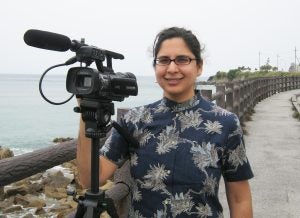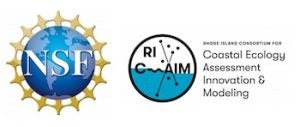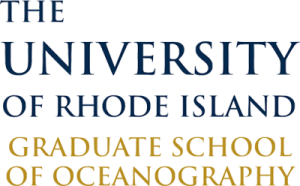July 23, 2021
12 – 1pm
Online Talk
Note: Open to all RI C-AIM partner institutions.

You’re invited to a virtual talk exploring how immersive storytelling can be used to bring audiences closer to the science. Award-winning multimedia journalist Sonia Narang will share examples of immersive storytelling techniques – including 360o video, Instagram Reels, and other popular short-format videos – in science communication. Learn how to capture video footage in simple, yet effective ways, and visually present your research work in an engaging and creative manner. Walk away with a set of tools to make your scientific research accessible to a diverse audience and share your joy of science through video.
Sonia Narang, a Metcalf Institute alumna, is a multimedia journalist who covers climate change and the environment, global health, music and culture, and immigration issues, primarily focusing on the lives of women and girls and the challenges they face around the world. Her reporting has taken her across Asia and the Pacific, Europe, Africa, and North America – from Indigenous fashion in Canada to women farmers affected by cyclones in Fiji. She has produced and reported stories for PRI’s The World, the BBC, The New York Times, GlobalPost, PBS NewsHour, FRONTLINE/World, Time.com, and NBC News.
The lecture is part of URI’s Graduate School of Oceanography’s annual Vetlesen Distinguished Speaker Series, and is presented in partnership with Metcalf Institute and the Rhode Island Consortium for Coastal Ecology Assessment, Innovation, & Modeling (RI C-AIM).
This work is supported by the National Science Foundation under EPSCoR Cooperative Agreement #OIA-1655221 and co-sponsored by the University of Rhode Island Graduate School of Oceanography. Any opinions, findings, and conclusions or recommendations expressed in this material are those of the author(s) and do not necessarily reflect the views of the National Science Foundation.


